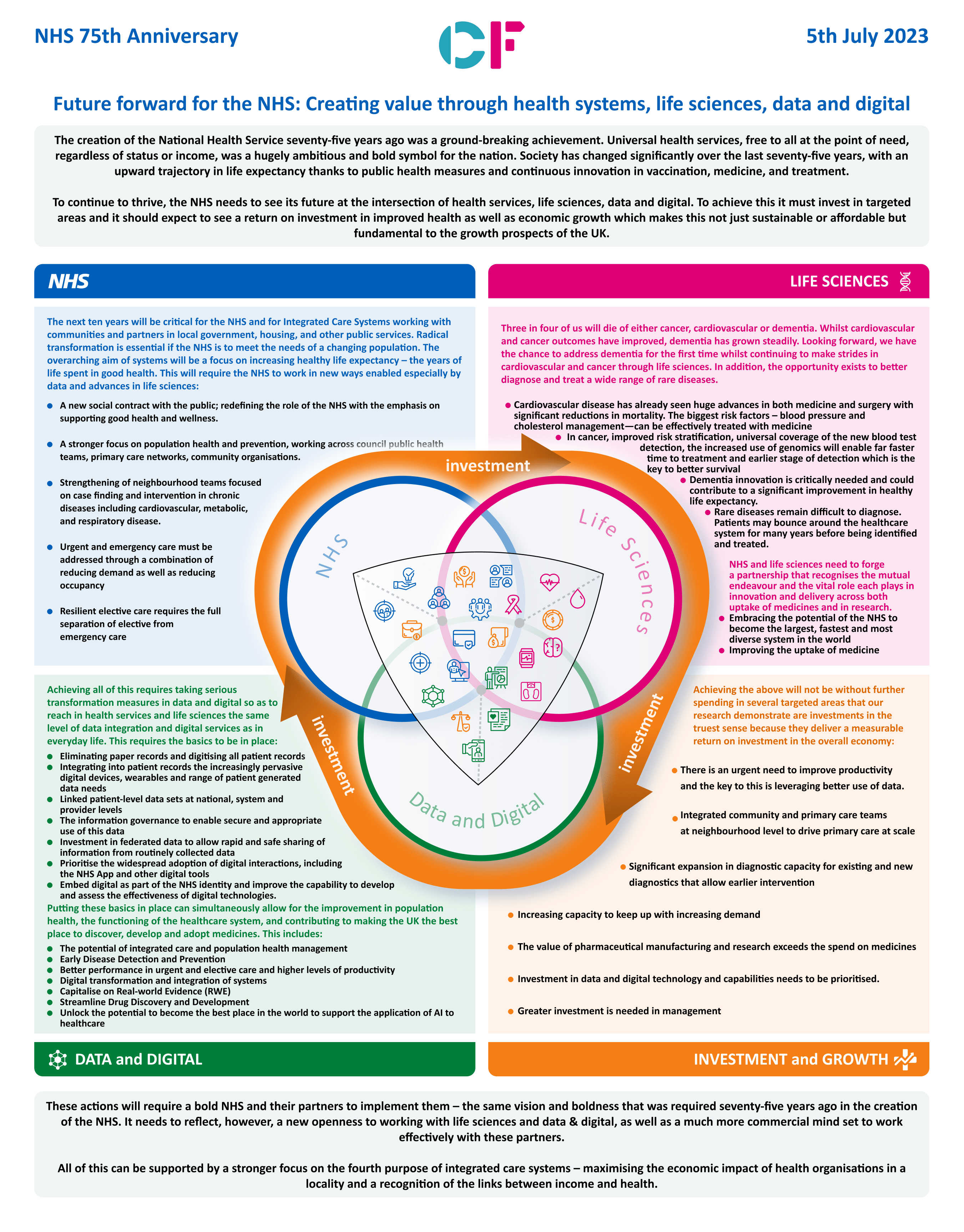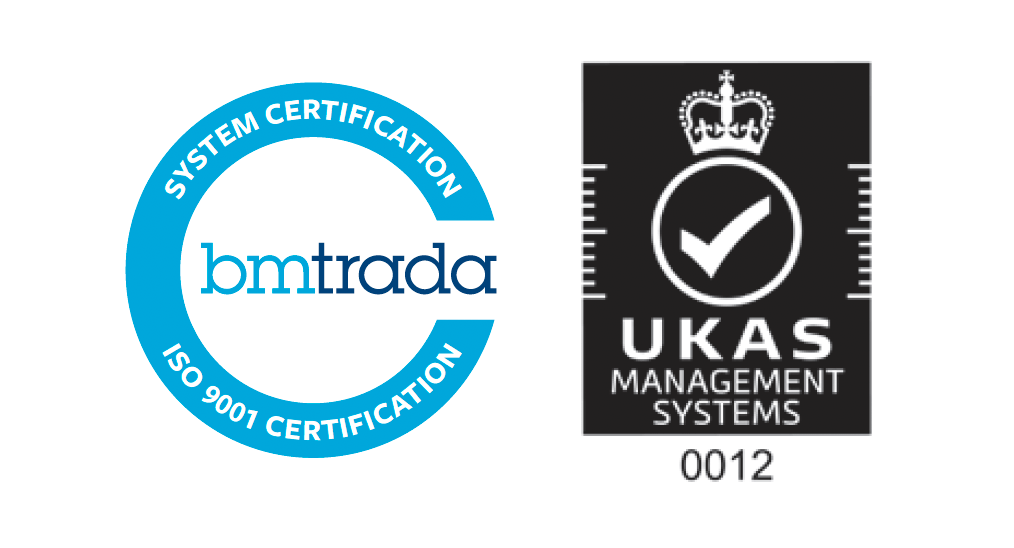Developing a Strategic Insights Tool on Population Health Outcomes and Inequalities
The regional health partnership have a suite of performance reporting tools and dashboards and a strong performance reporting function, with each service area producing a weekly report that details performance for operational teams to respond to and adjust plans on a timely basis.
The new formation of the regional health partnership meant they required a strategic oversight capability that functioned in tandem with existing teams to identify opportunity areas for improvement, set strategic goals at regional health partnership, and local level with the aim to improving outcomes and tackle health inequalities by implementing targeted initiatives, and tracking the impact of the initiatives on outcomes over time.
What did we do?
The strategic capability would provide the information needed at an executive level to inform decision making, using a dynamic user interface which will allow users to quickly understand the data and spend more time considering the solutions. This would help to support the regional health partnership in their objectives; including improving outcomes in population health and healthcare, tackling inequalities, enhancing productivity and value for money and helping the national health system to support broader social and economic development.
CF were commissioned by the regional health partnership from June-August 2022 to co-develop a strategic insights tool on population health outcomes and inequalities. The tool built upon our first iteration of the ‘Insights and Collaboration Engine’ (ICE) and was specifically intended to support high-level strategic insights and decision-making on population health across the regional health partnership rather than to duplicate any existing performance reporting.
What did we do?
We worked closely alongside the Chief Medical Officer and performance planning team throughout – taking a user-centric approach to development. Over 40 stakeholders were engaged through several interviews, 13 focus groups and over six user experience testing sessions.
We co-developed of the suite of data and metrics that the regional health partnership executive team needs to make decisions around population health outcomes based on baseline review of regional governance processes, local and national strategic objectives, and themes on population health outcomes.
- We co-designed the user journey and tool interface and iterated it through user experience testing. We established data pipelines for new metrics to ensure metrics automatically updated at the necessary frequency and geographic granularity.
- We developed as relevant peer groups weighted by multiple factors such as deprivation, rurality to allow benchmarking against statistically relevant peers, and a ‘no change’ synthetic counterfactual to estimate impact of initiatives.
- We updated the reporting process and methodology so that executives have the right information at the right time. Including mapping the different possible users and governance where information from the tool would be presented and designing user-friendly reporting templates.

Exhibit 1. The purpose and user journey for the regional health partnership ICE population health outcomes tool
The insights (and associated metrics) in the tool span the breadth of factors that influence or indicate population health status. Engagement highlighted the importance of understanding the population context (e.g., deprivation, demographics) and wider determinants of health, through to health behaviours and lifestyle, availability and uptake of services and health outcomes. Engagement also highlighted the importance of understanding inequalities, and therefore the tool allows a view of metrics by deprivation and across local authorities wherever possible, to show variation across these.
The tool delivers a prioritised and structured set of metrics that the regional teams will be able to use to set their long-term strategy, and update it based on developments across the regional health partnership. The teams will be able to explore the set of metrics that move from high level population understanding to local access and health behaviours, to give a coherent development picture. Regional teams would supplement the ICE tool with other analytical tools across the regional health partnership digital portfolio, to corroborate and build out the insights to further understand its drivers, such as internal geographical variation and health inequalities, using local data and expertise as appropriate.
From this information, the executives and their teams will be able to make data-informed decisions, using coherent, comprehensive and current insights. The tool will then be used to set, track and evaluate strategic goals, supported by other tracking tools used by the regional health partnership and their programme management.





